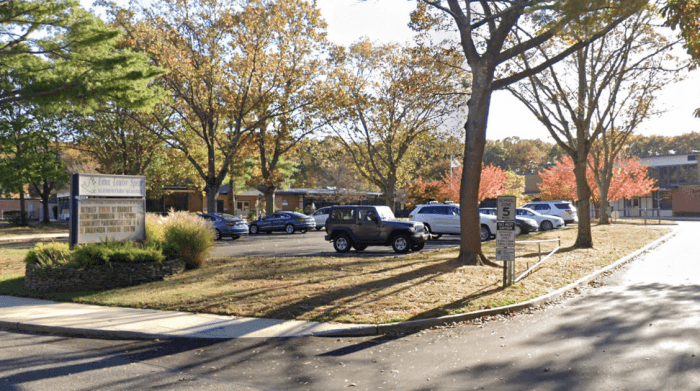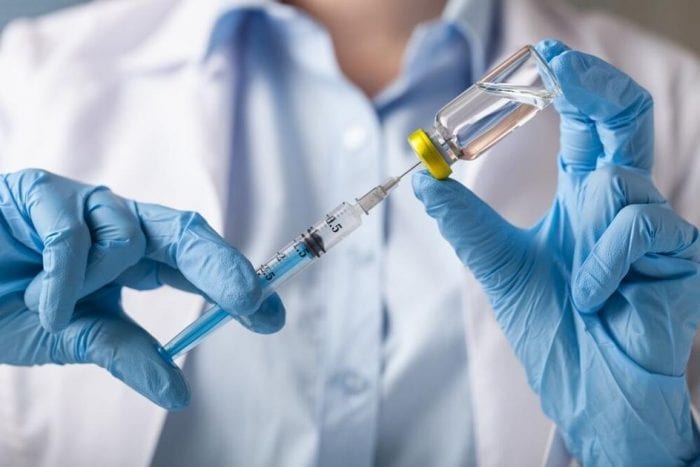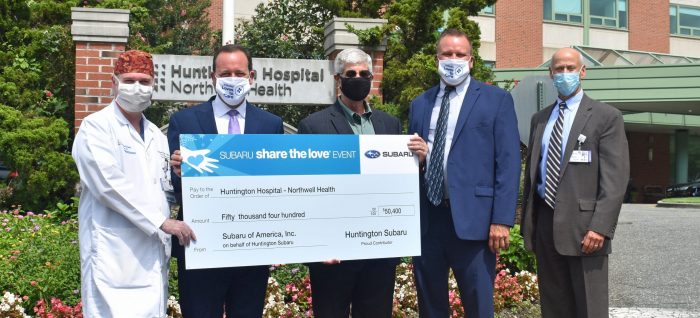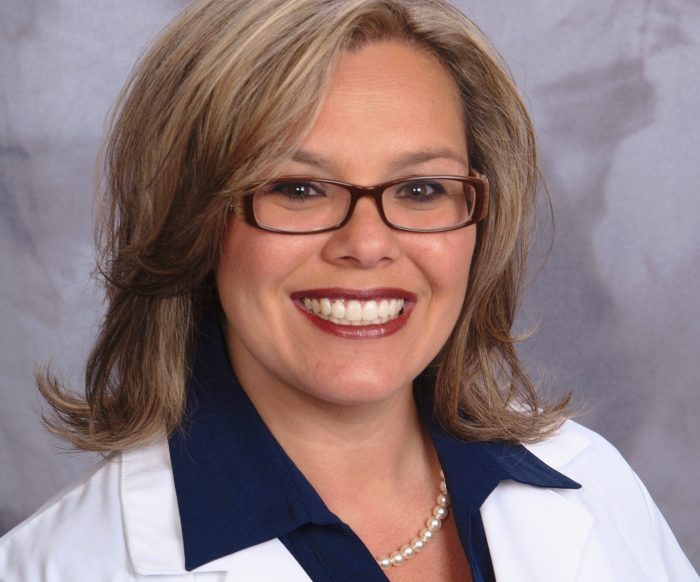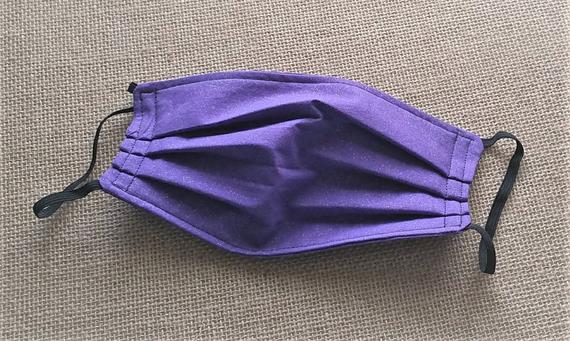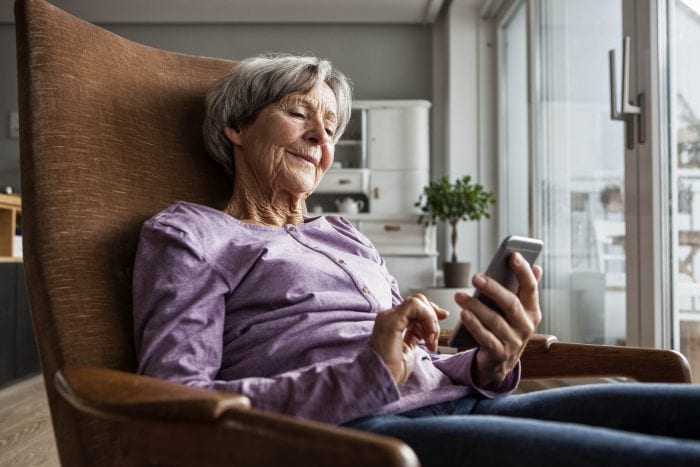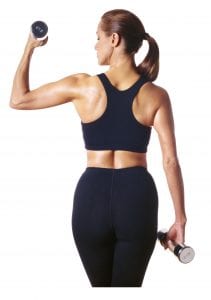Huntington Hospital won’t automatically endorse a COVID-19 vaccine, even if it receives approval from the federal government.
The hospital plans to evaluate the data from the vaccine’s phase 3 trials to ensure that the vaccine is safe and effective.
“We’ll see if things are starting to uptick long before it’s more obvious to the public.”
— Nick Fitterman
“It’s part of our oath, ‘Do no harm,’” said Dr. Nick Fitterman, executive director at Huntington Hospital. “If we don’t think the safety is there, I will scream it from the rooftops. It has to be a combination of safety and efficacy.”
Fitterman said at least seven vaccines are in phase 3 trials, with over 250 experimental vaccines in the works in total.
Fitterman was pleased to see that nine vaccine makers signed a pledge to uphold medical standards and not succumb to governmental pressure for rapid approval.
At this point, Fitterman would only take a vaccine after publication of the evidence from the clinical trials.
Once he is convinced that a vaccine is safe and effective, he said he would feel an urgency to take it as a health care worker.
“If you take care of people who are high risk, you’re going to need to take it,” Fitterman said.
The hospital would likely have the same policy for a COVID vaccine that it does for a flu vaccination: if workers choose not to get a vaccine, they will be required to wear a mask.
For the flu, hospital workers with purple badges on their name tags have had a flu shot.
At this point, it is unclear how long a COVID-19 vaccination might provide potential protection. Like tetanus or mumps, no vaccine wards off infection indefinitely, which means people will likely require boosters.
“I’m more worried about people getting complacent because they have been vaccinated,” Fitterman said.
Years down the road, the virus could return.
Asked whether those people who have antibodies for the virus would need a vaccine, Fitterman highlighted a recent case in Hong Kong. Published in the journal Lancet, doctors shared the story of one patient who contracted COVID-19 and then tested positive again.
The virus currently has several strains, so a vaccine might provide greater protection than natural antibodies against a single type of COVID-19.
The man who contracted the virus twice had antibodies that “didn’t protect him from another infection,” but he did not have any symptoms during the second positive test.
An infection in which a person develops antibodies could “protect you from the disease, but it doesn’t [necessarily] protect you from getting infected again,” Fitterman said.
A health care worker in particular would benefit from a vaccine that prevented infection from numerous strains to prevent that worker from spreading a disease to which he or she would likely be exposed during the course of any increase in cases.
With the possibility of a second wave of COVID-19 overlapping with the flu, Fittterman strongly urged residents to get a flu shot, which would help prevent the virus from overwhelming a health care system that might again face an influx of hospitalizations from the coronavirus.
“It’s part of our oath, ‘Do no harm.'”
— Nick Fitterman
Huntington Hospital recently started making the flu vaccine available to frontline workers and urged people to get flu shots this month. He reminded people that the vaccine only works two weeks after an injection after the immune system has had a chance to recognize the virus.
Fitterman is encouraged by the range of current vaccines in trials for COVID-19, including those that use messenger RNA.
Fitterman said Huntington Hospital is prepared for a potential second wave of COVID-19. He monitors the data every day.
“We’ll see if things are starting to uptick long before it’s more obvious to the public,” Fitterman said.
As a part of Northwell Health, Huntington Hospital has stockpiled personal protective equipment. Northwell also gave Huntington $4 million to be prepared, which includes having more ventilators, dialysis machines, and negative pressure rooms ready. Huntington can handle 10% more than the number of patients who needed medical help in the spring.
“We are beyond ready [but we] hope we don’t have to exercise any of that,” Fitterman said.
Fitterman urged those people who need other hospital services, such as cancer screenings, to come to the hospital.
When the spring surge for COVID-19 occurred, the hospital told people who were dealing with nonemergency situations not to come to the hospital because they needed the beds, and not because they felt patients would be exposed to the virus.
Indeed, after the viral numbers declined, the hospital tested its staff for the presence of the antibodies. They found that 9% of the staff had antibodies to the virus, which is below the 14% for the surrounding community.
“What we did works,” Fitterman said, which included PPE and procedures to protect the staff. The hospital is a “safe place to be,” he said.
In monitoring the daily changes in infection in Suffolk County, Fitterman said positive tests have been rising and falling during the last few weeks. So far, he has not seen an increase in hospitalizations.
“Our numbers continue to go down,” Fitterman said, as the hospital had three people with COVID-19 as of Sept. 8.

